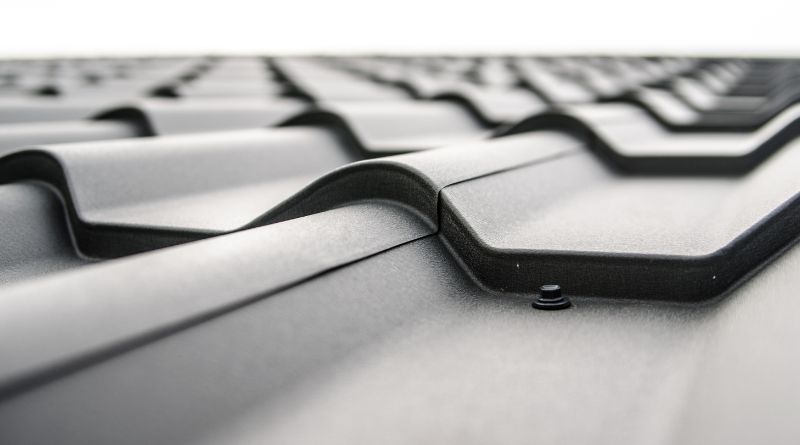Being a homeowner is a privilege, but it is challenging. One of the biggest problems homeowners face is dealing with roof issues. Usually, these are easy to spot and can be addressed before they cause significant damage. Look out for stains on the ceiling, as these indicate a leak in your roof.
Ice and Snow
Snow and ice add much extra weight to your roof, which can overburden it. This additional weight stresses your roof and may cause it to leak or collapse. A common winter roof problem is the formation of ice dams. These ice ridges prevent melting snow from draining down the roof and toward the gutters. It causes water to back up behind the ice dam and eventually leak into your home.
It is caused by a lack of insulation in the attic space. Your heated living spaces leak warm air into the attic, warming the snow on the roof. The snow melts, drains to your roof’s cooler edges, and then freezes again. It creates a thick ice dam. You can get on your roof and try to chisel away the ice dam, but it is better to contact a professional Parker roofing company. They can use a heat gun to quickly melt the ice dam without damaging your roof.
Water Damage
Even the most durable roofs will degrade with age and exposure to the elements. The sun’s rays, heavy rains, ice, and snow all take their toll on the roofing material. Over time, torn shingles, damaged flashing, and clogged gutters can lead to water leaks in your home. A leaking roof can cause many issues, from mold and mildew to wood damage. Moisture from a leaking roof can also impact insulation, leading to energy inefficiency. Leaks often occur around chimneys, skylights, gutters, and vents. You can usually locate a leak by searching for puddles or soft spots in the ceiling. It’s also a good idea to inspect your attic with a flashlight when you can access it. Flashing is a material that protects the creases on fixtures like skylights and chimneys. Poor installation or the aging of flashing can cause it to crack, allowing water and moisture into the house. Does homeowners insurance cover roof damage from storm systems? If a storm damages your roof, your standard all-perils homeowner’s insurance policy usually covers the replacement cost.
Tree Branches
Often, homeowners let tree branches get too close to their roofs. As a result, they cause damage to the shingles. These branches may also rub against other parts of your house, such as gutters, windows and siding. Over time, this can cause rot, mold and leaks. The problem with these tree limbs is that they scrape against the roof during windy days, which can tear or puncture shingles and accelerate rot. They can also block sunlight and prevent water and snow from melting properly on the roof. You should always call an arborist before trying to trim overhanging trees yourself. Some tree species are protected, and you may be able to get in trouble for taking down a tree without the proper permission. Always plant trees far from your home so their branches don’t touch or scrape the roof. It can save you money in the long run. Furthermore, having these limbs expertly trimmed can assist in guaranteeing their continued strength and health.
Stagnant Water
If you don’t keep on top of your gutter system, clogged areas like leaves and sticks will prevent water from flowing properly. It can lead to several problems, including deteriorated insulation, mildew, mold, and structural damage. Another problem caused by stagnant water is the creation of puddles or standing water on your roof. It is called ponding and can be caused by several factors, including the slope of your roof and the drainage system. Ponding is problematic because the water won’t evaporate, and the pressure of the accumulated moisture will cause damage to your roof.
Stagnant water is a breeding ground for mosquitoes. It also poses health issues and can be contaminated with deadly legionella bacteria. It’s important to catch any ponding early and resolve it with a professional before the damage spreads.
